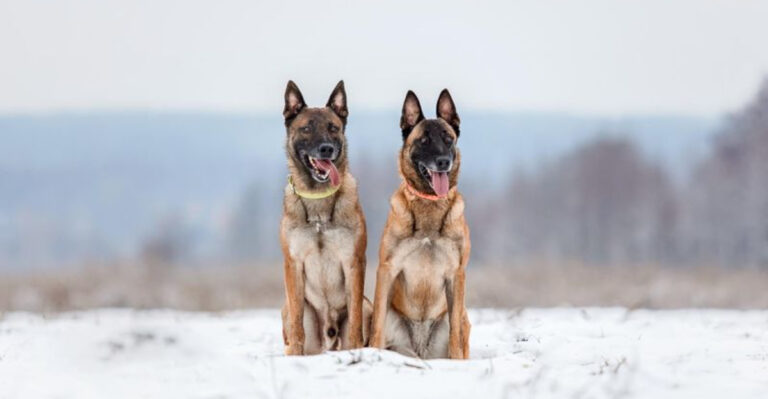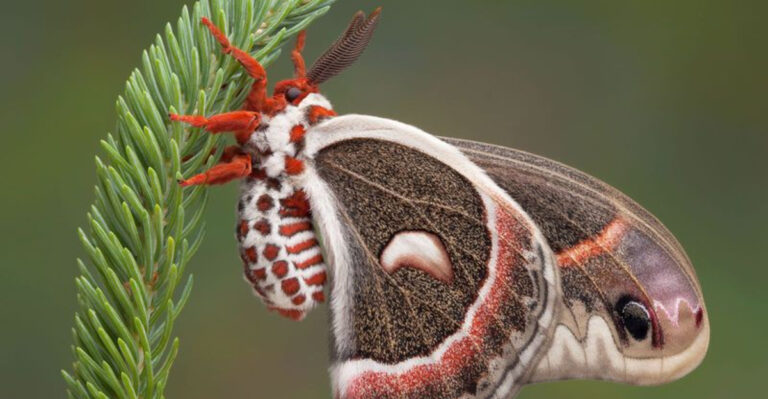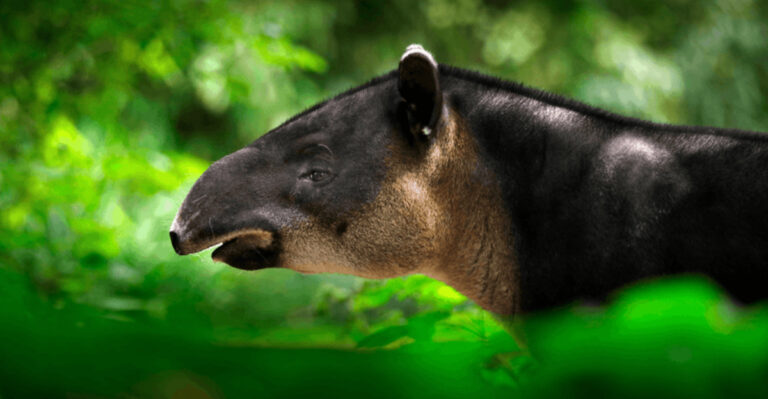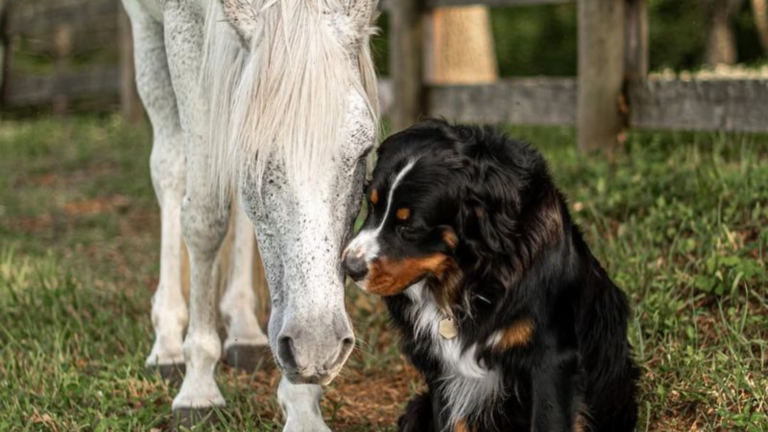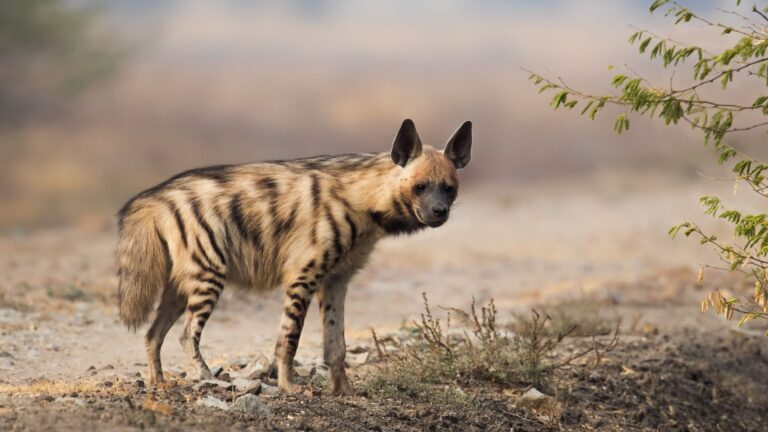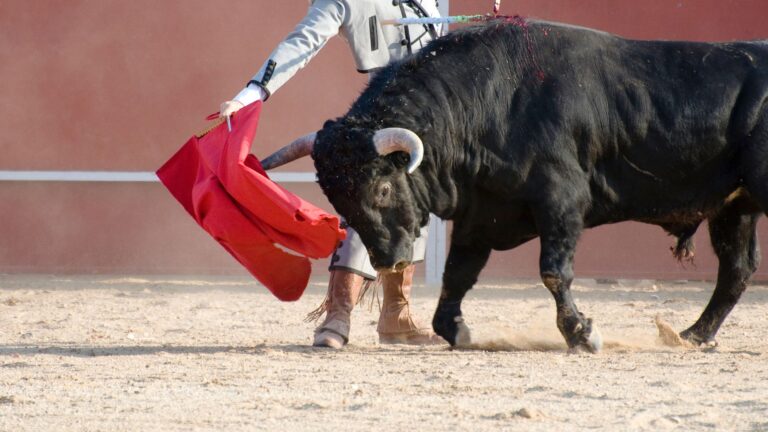Experts Excited As Species Once Thought Extinct Makes A Remarkable Comeback
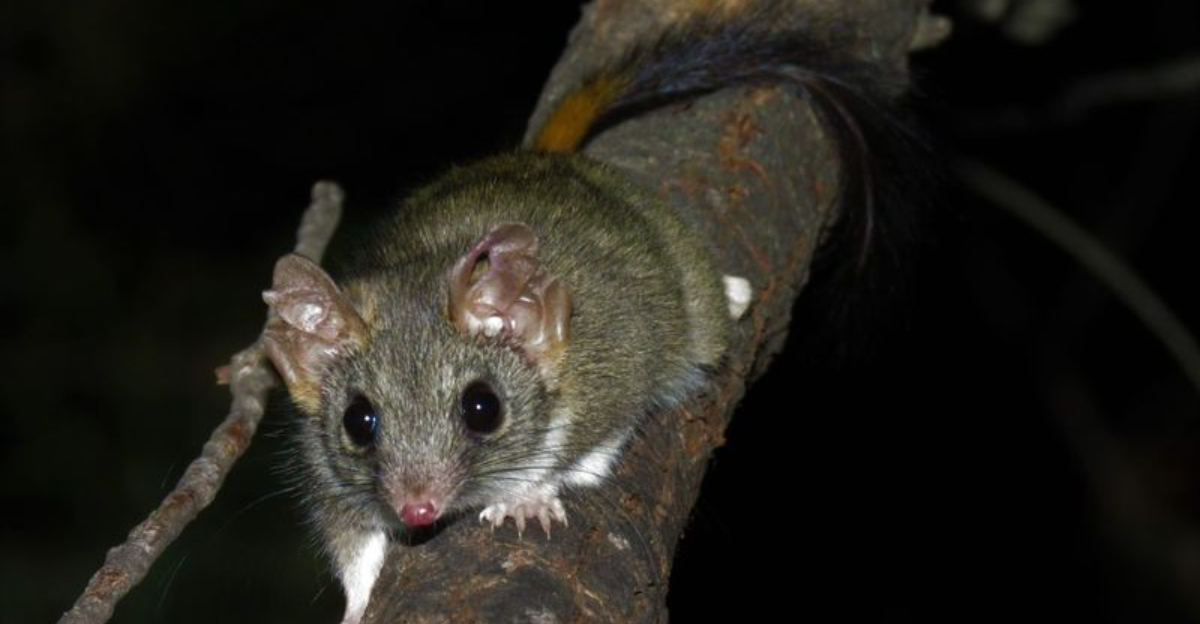
A species once thought to be extinct has made a remarkable comeback thanks to dedicated conservation efforts in Australia. The Red-tailed Phascogale, a small marsupial, was last seen in the wild in 1866 and was declared locally extinct in 2016.
However, a successful breeding program has led to the reintroduction of this fascinating species to the Scotia Wildlife Sanctuary, where they will now have a second chance at survival.
With breeding season just around the corner, experts are hopeful that this conservation effort will ensure the species’ future in the wild.
The Red-Tailed Phascogale’s Extinction Status
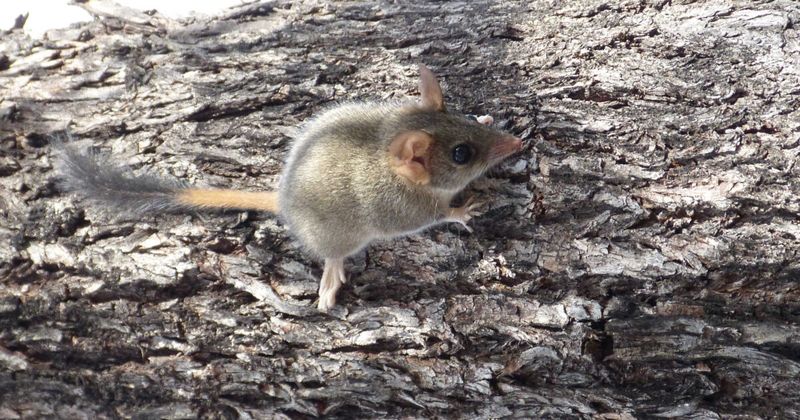
Once abundant in Australian woodlands, the Red-tailed Phascogale vanished from sight after 1866. Researchers combed habitats for decades without success, leading to its local extinction declaration in 2016.
Habitat destruction and introduced predators pushed these tiny marsupials to the brink, making their recent rediscovery truly miraculous.
Conservation Efforts Behind The Comeback
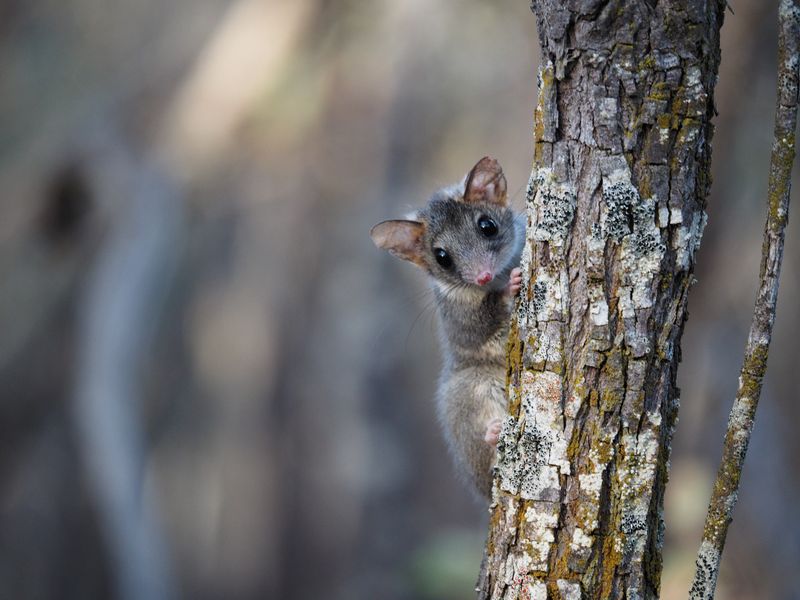
Behind the scenes, a passionate team of biologists worked round-the-clock monitoring breeding pairs in specialized facilities. Their meticulous selection process identified 56 females and 37 males with optimal genetic diversity for release.
Years of research, fundraising, and community education culminated in this groundbreaking conservation achievement.
The Role Of The Scotia Wildlife Sanctuary
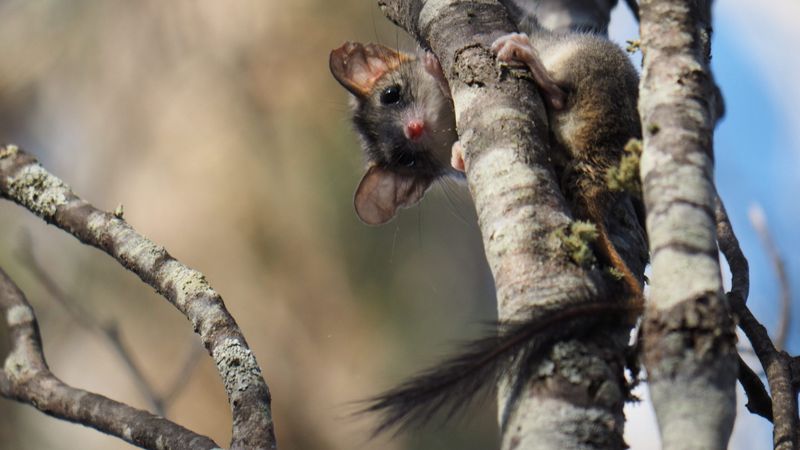
Scotia Wildlife Sanctuary spans 65,000 hectares of pristine Australian wilderness, free from feral predators. Its diverse woodland habitat perfectly mimics the phascogale’s original territory, offering abundant insect food sources and nesting opportunities.
The sanctuary’s dedicated staff maintain protective fencing and conduct regular monitoring to ensure optimal conditions.
Perfect Timing For Wildlife Reintroduction
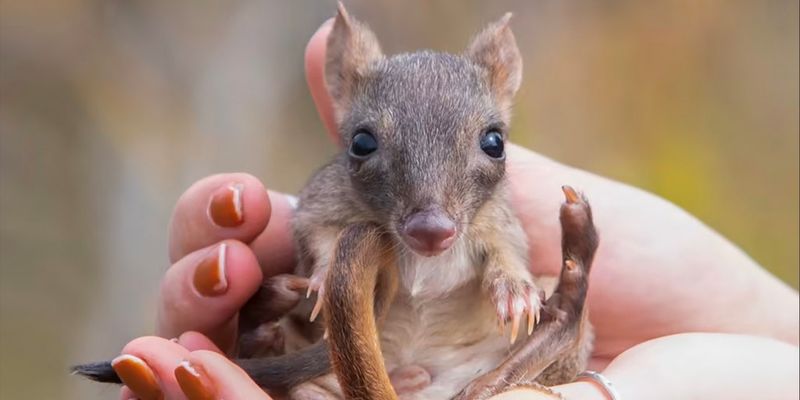
July marks the beginning of breeding season for Red-tailed Phascogales, when males become especially active seeking mates. Releasing the animals just before this crucial period maximizes their natural reproductive instincts.
Wildlife experts carefully monitored weather patterns and food availability to determine this optimal release window, giving the tiny marsupials their best chance.
Predator Threats and Protective Measures
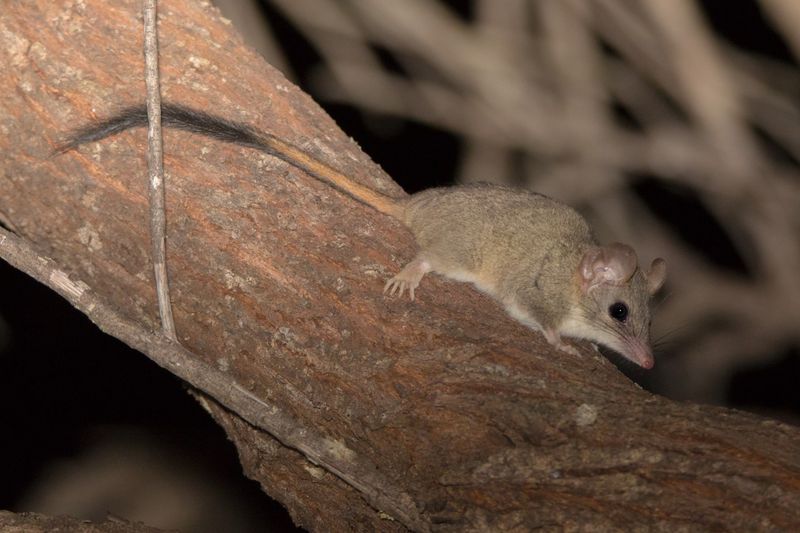
Foxes and feral cats devastated native phascogale populations, hunting these small marsupials with deadly efficiency. At Scotia, innovative predator-proof fencing stretches 43 kilometers, creating a safe haven.
Regular patrols and monitoring cameras ensure no invasive species breach the perimeter. This protection allows phascogales to reestablish natural behaviors without constant threat.
Genetic Diversity In Breeding Programs
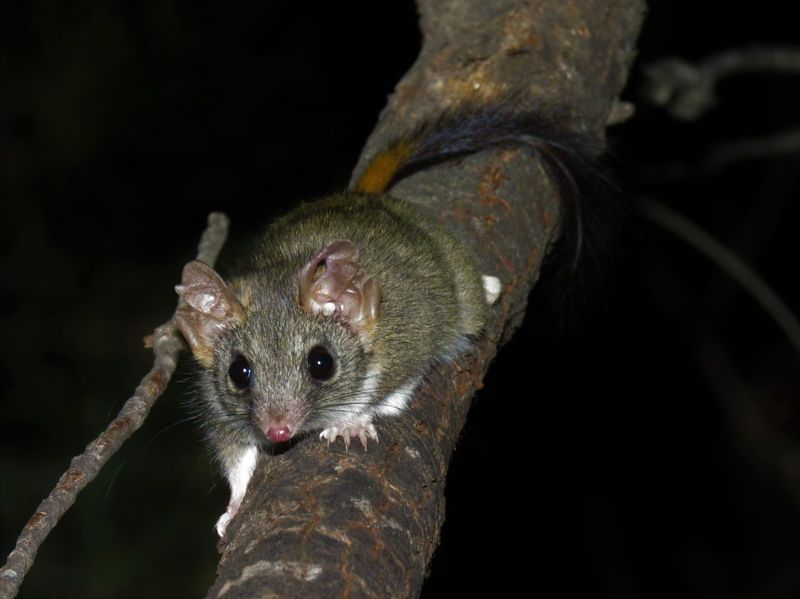
Genetic bottlenecks doom many endangered species recovery efforts. For phascogales, scientists mapped DNA profiles of each breeding candidate, creating optimal pairings to maximize diversity.
Special attention went to preserving rare genetic traits that might help future generations adapt to climate change. This scientific approach dramatically improves long-term survival prospects beyond simple population increases.
Ecological Impact Of Phascogale Recovery
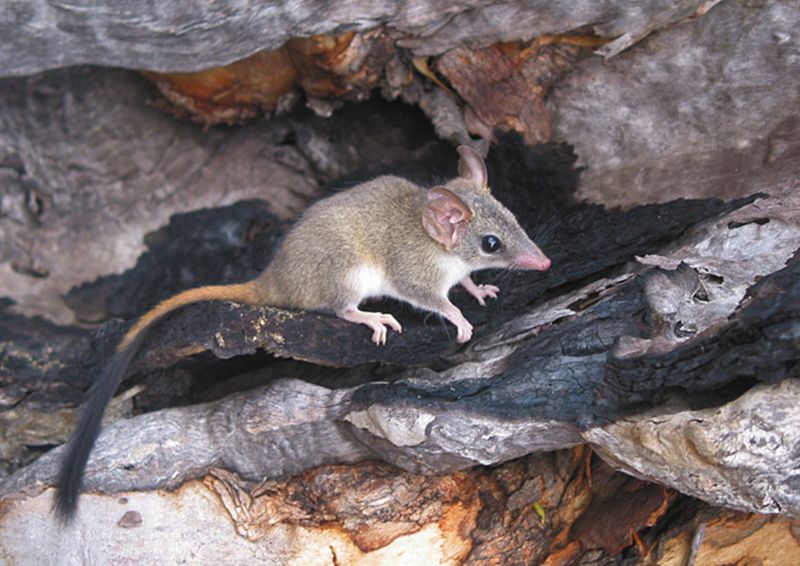
These tiny carnivorous marsupials consume thousands of insects daily, naturally controlling pest populations throughout their habitat. Their return creates ripple effects through the entire ecosystem.
Without phascogales, certain beetle species had exploded in numbers, damaging tree health. Scientists are already documenting improved vegetation health in areas where the marsupials have been reintroduced.
Success Stories That Inspired Phascogale Recovery
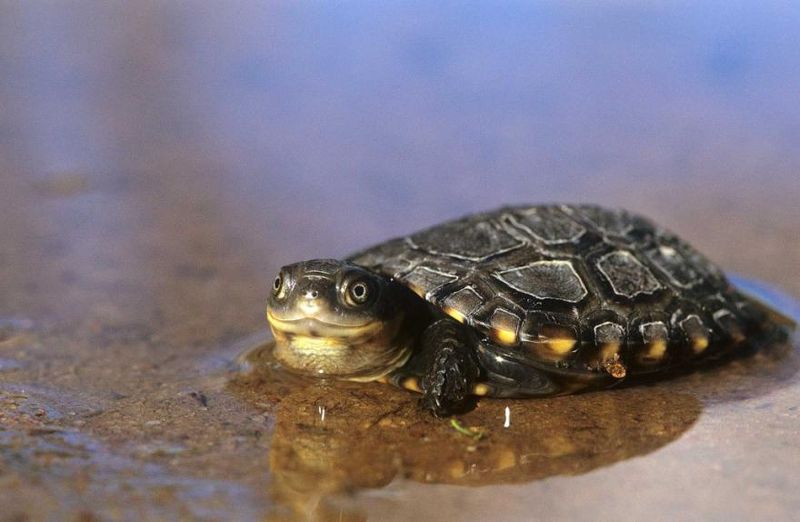
The Western Swamp Tortoise’s comeback from just 30 individuals provided crucial lessons about genetic management. Similarly, the Bilby’s reintroduction taught scientists about predator avoidance training techniques now used with phascogales.
These previous successes offered practical blueprints for overcoming specific challenges, from habitat preparation to post-release monitoring protocols.
Overcoming Reintroduction Challenges
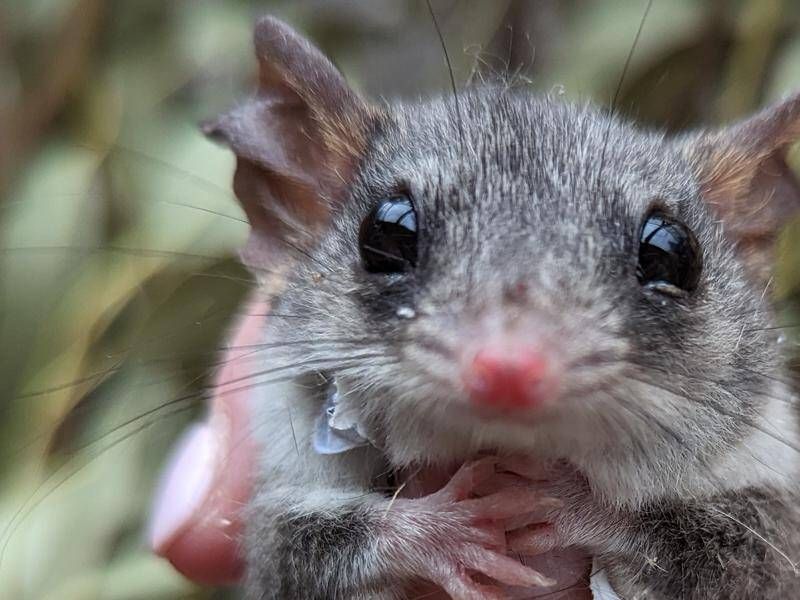
Initial releases faced unexpected obstacles when phascogales showed reluctance to use artificial nest boxes. Researchers quickly adapted by collecting natural materials from their breeding facility environments.
Food supplementation strategies evolved after observing which native insects the released animals preferred. Weather extremes required emergency interventions during the first month, teaching valuable lessons for future releases.
Future Prospects For Wild Phascogales
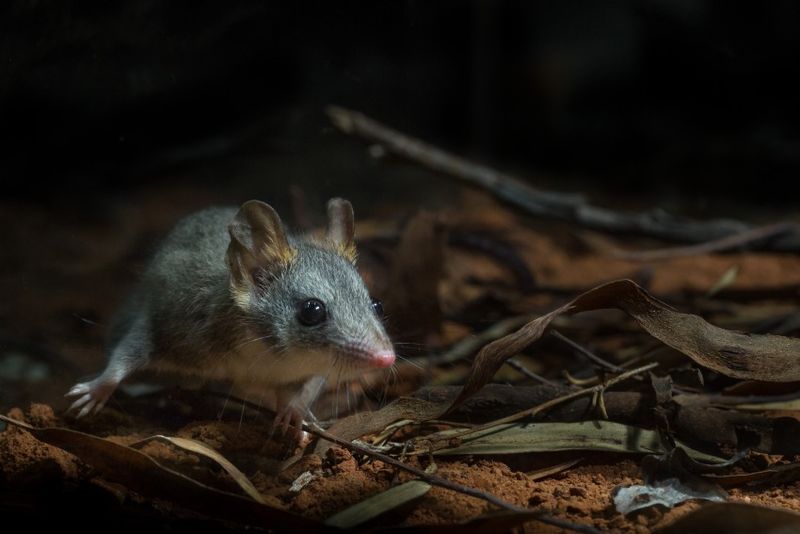
Satellite tracking collars on select individuals reveal encouraging territory establishment patterns. Early data shows females selecting prime nesting sites in hollow trees, while males establish larger territories than expected.
Computer modeling predicts the population could reach 500 within five years if current trends continue. A second release site is already being prepared to expand their range.
Global Conservation Implications
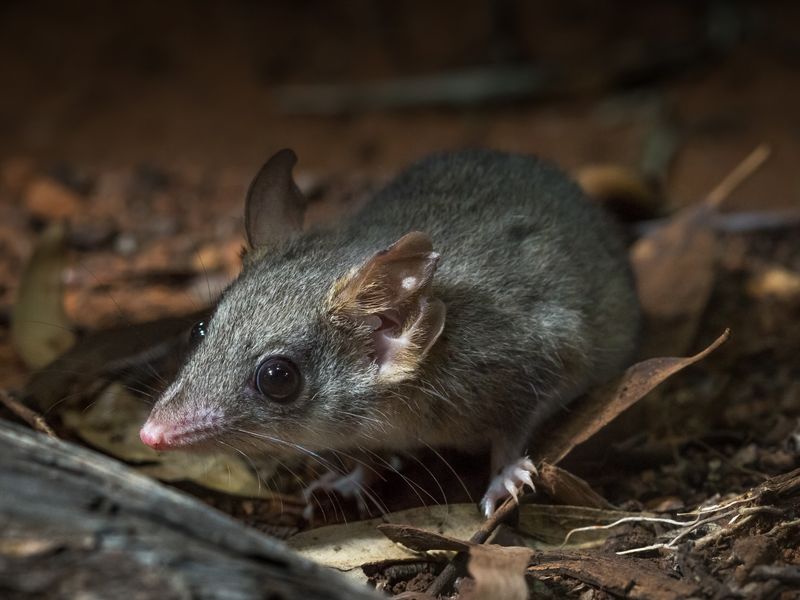
The phascogale’s revival offers hope for 39 other Australian mammals facing extinction threats. International conservation groups are studying this model for application with endangered small mammals worldwide.
Beyond the technical achievements, this success story has sparked increased public support and funding for conservation. Sometimes, bringing a species back from the brink inspires protection for entire ecosystems.

